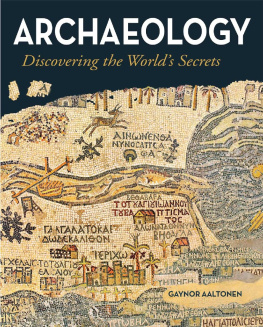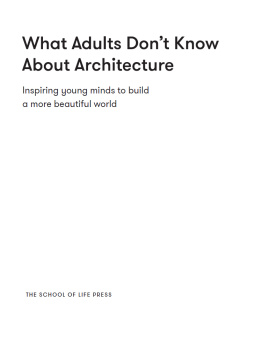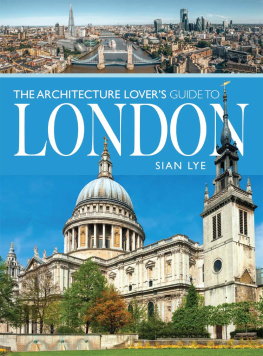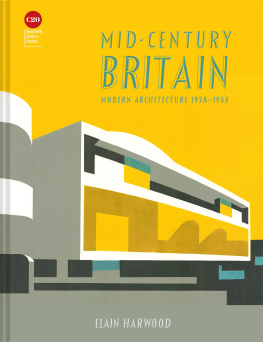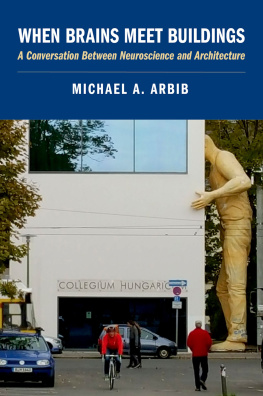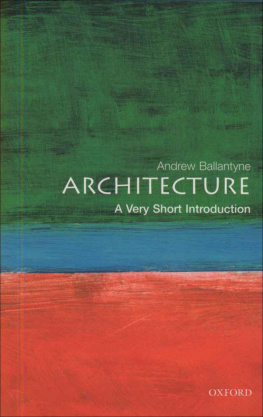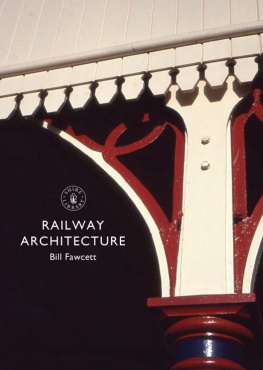
This edition published in 2008 by Arcturus Publishing Limited
26/27 Bickels Yard, 151153 Bermondsey Street,
London SE1 3HA
Copyright 2008 Arcturus Publishing Limited
All rights reserved. No part of this publication may be reproduced, stored in a retrieval system, or transmitted, in any form or by any means, electronic, mechanical, photocopying, recording or otherwise, without written permission in accordance with the provisions of the Copyright Act 1956 (as amended). Any person or persons who do any unauthorised act in relation to this publication may be liable to criminal prosecution and civil claims for damages.
ISBN: 978-1-78212-797-0
With great thanks to Graham Vickers and William Aaltonen for their support and advice, and to all at Arcturus, especially Nigel Matheson, Peter Ridley, Anya Martin and Tilly Sklair.
CONTENTS
INTRODUCTION
THE STORY BEGINS
S tep back nearly 4,700 years. The very first architect we know by name was the ancient Egyptian priest Imhotep, who built a vast monumental pyramid for his pharaoh king, Djoser. At a stroke, the inspired and cultured Imhotep had created the profession of architect. In his own lifetime this extraordinary man was revered as a god, so its somehow typical that our shock-horror culture transformed him into the worst of stage villains. In the 1999 film The Mummy, the priest-demon Imhotep isnt just scary hes a psychopathic killer. Our modern culture turned someone who was arguably the most important architect in history the man who invented the whole idea of building to last and of statement architecture into a freak show sorcerer. And one whose body is slowly decomposing, to boot.
This is no accident. Until very recently, architects were seen as Public Enemy Number One: elitist, remote and rich. The real horror movie was taking place out on the worlds streets: everywhere was covered with samey concrete towers and faceless office blocks, totally devoid of imagination.
Paradoxically, given architectures elitist reputation, a British prince would be the first to ride to war to defend ordinary people. Prince Charles opened his famous attack on modern British architecture by denouncing a proposed extension to the National Gallery as a monstrous carbuncle. For far too long, he argued, champagne glass in hand, planners and architects have consistently ignored the feelings of the mass of ordinary people.
In some ways he was right. The dominance of the road, along with the coming of large urban shopping centres, has been a disaster for cities, a disaster for architecture. Cities became monotonous; faceless. Yet this was not entirely the fault of architects. The majority of the flat-faced, featureless blocks that increasingly squat across the urban landscape are design-and-build projects. A developer puts up a steel frame. Flat panels are fixed on, and there: you have a bland building, put up in the space of a month or so. This is nothing architecture and it has very little to do with architects.
In reality, by the time Prince Charles sent forth his arrows, real architects were already rejecting the straitjacket of Brutalist Modernism: the Lloyds Building showed the way. What the prince had done, though, was valuable. He reminded us all that architecture should be about something. And that the something involved real people.

Continuity: the Lloyds Building by Richard Rogers in the City of London houses an 18th century dining room by Robert Adam transplanted from a previous Lloyds building
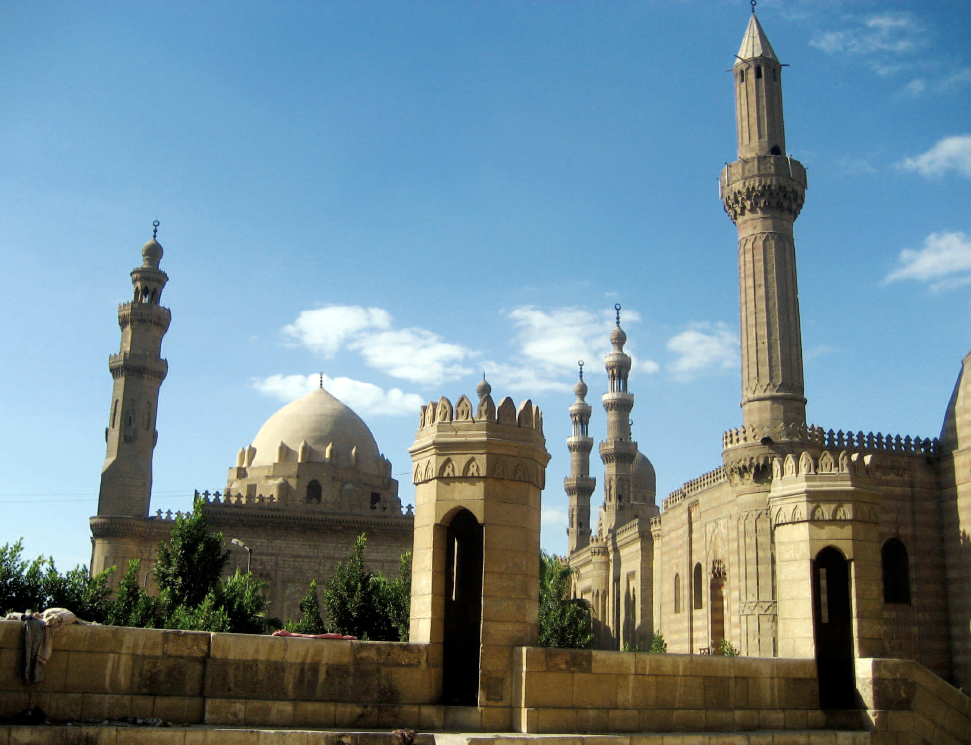
The mosque of Sultan Hassan, Cairo, 13561363. This example of early Marmluk architecture is laid out according to a classical cruciform plan
Architecture, real architecture, is not just the art of making places function. It affects our moods, our feelings and our way of looking at the world. On an often unconscious level, buildings speak to us. They tell us volumes about our society and its aspirations, as well as its past. Like a story or a piece of music, great architecture can take us on a journey, influencing our moods along the way.
This book takes the form of a story, a personal journey during which I will try to demystify this sometimes complicated subject. Why would a country invent an architect who didnt really exist? What does Palladian mean? Who was Le Corbusier, and why does he matter? Where do minarets come from? You will find the answers to all of these questions, and many more besides, in the following pages.
Like studying music or literature, reading architecture is a reward in its own right. The more you understand, the more you enjoy. Most of all, at a time when architecture has become vital, exciting and finally approachable, this book tries to shed a little light on the great, heroic human struggle to create not just built space, but beautiful buildings.
Why Does Architecture Matter and What Do Buildings Mean?
Architecture matters because it can unite or divide society. It is able to do that because it defines our values. Take the Palace of Westminster in Great Britain it is a consciously class-ridden statement of history and tradition. The United States Capitol, by contrast, symbolizes a kind of nascent democratic idealism by basing itself on a centuries-old foreign culture: that of Rome.
In New York, the city that never sleeps, the culture of turbocharged capitalism is documented in mind-boggling skyscrapers and people like it that way. The much-loved Art Deco Rockefeller Center is one example among many. Built in the teeth of the Great Depression, its both a monument to out-and-out individualism a deification of Rockefeller, the self-made millionaire and to the defiant, pioneer spirit that made America great.

Comfortable, relaxed and peculiarly English, Chartwell was home to one of Britains greatest-ever leaders, Sir Winston Churchill. He and wife Clemmie loved it with a passion

At ground level Raymond Hoods Rockefeller Center of 1929 has lots of loving Art Deco detail. Lee Lawries statue of Atlas looks out over 5th Avenue. The centre is famous for its sunken ice rink
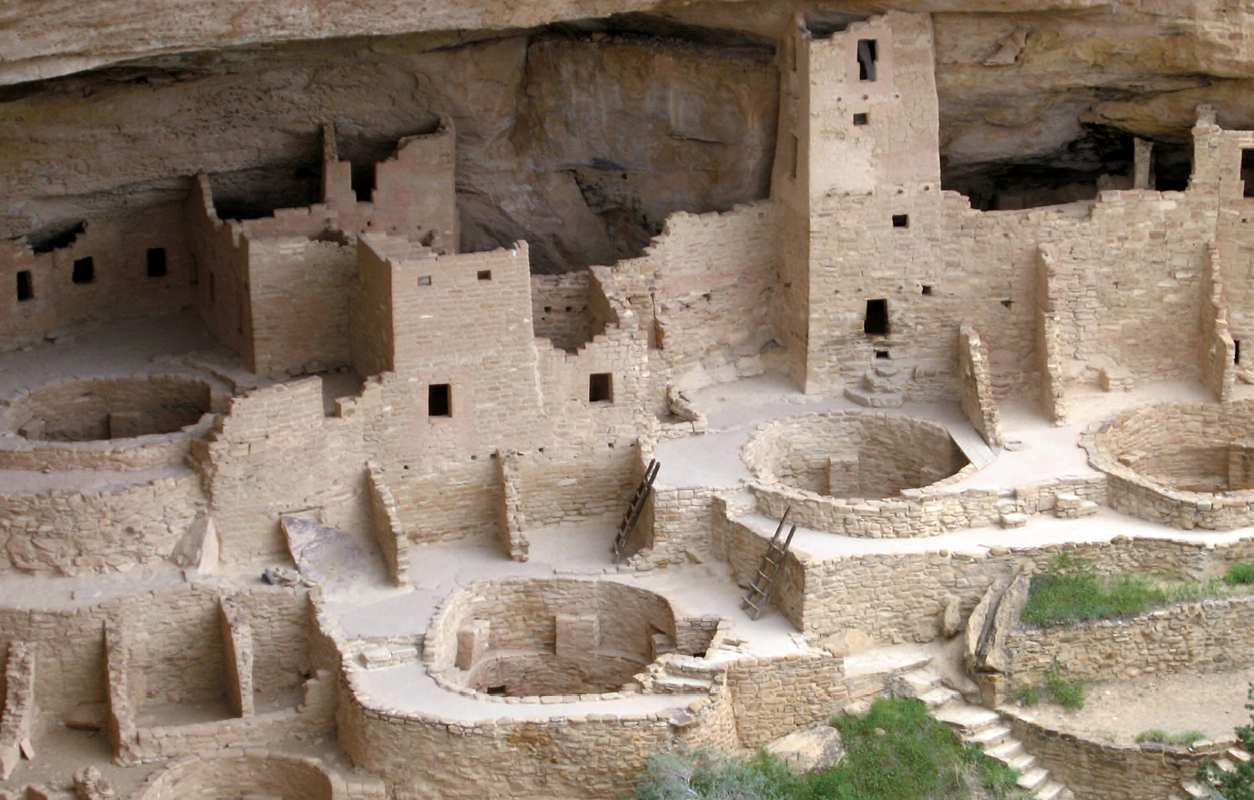
The cliff-dwelling Native Americans of Mesa Verde, Colorado built under the overhangs of the canyons. By AD1200 Cliff Palace had 150 rooms, 23 ritual chambers and elegant round defensive towers
Having given us a sense of cultural identity, architecture then goes on to condition how we behave. As the wartime leader Sir Winston Churchill said: We shape our buildings; thereafter, they shape us. As a lonely young boy, Churchill grew up in the grand and overbearing Blenheim Palace in Oxfordshire. One of Britains few Baroque buildings born out of misery, frustrated ambition and pride Blenheim was not a happy place. Its vast formal rooms and echoing corridors couldnt have been more different from the straightforward simplicity of Churchills later, married home.
Next page

